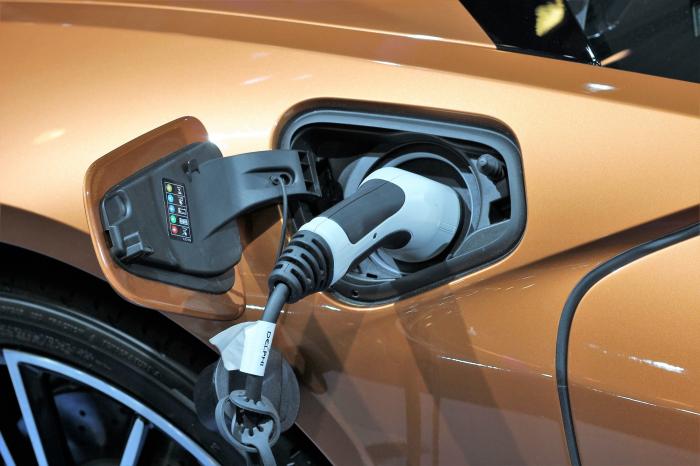Charging an EV might seem confusing and more complicated than refuelling petrol and diesel cars, but it is getting easier!
Charging an EV might seem confusing and more complicated than refuelling petrol and diesel cars, but it is getting easier!
Charging an EV is a lot more straightforward than you might think and thanks to further advancements it’s becoming even easier as time goes on. It does still require an amount of planning compared to traditional ICE cars, especially for longer journeys, but as the network of chargers increases and the range of EVs increases thanks to improvements made to batteries, it’s becoming far less likely that you’ll end up getting caught short.
When it comes to charging an EV, there are three main ways to do this – at home, at work, or using one of the public charging points that are either at the roadside or a service station. If you drive a Tesla then there is also their dedicated supercharger network that currently has over 800 sites, located at motorway services through to various hotel and shopping centres. Finding any of these available chargers isn’t difficult as most EVs feature a sat-nav with the sites already plotted in, but there are also mobile apps available such as ZapMap that show you where these sites are as well as who runs them.
At this time the best known providers are BP Pulse, Polar, Ecotricity and Ionity. But there is also a new arrival on the market called NewMotion, which allows the use of a car or app to access over 3,000 charging stations across 17 different networks in the UK, which includes Shell Recharge and Ionity rapid chargers. The service also works across Europe, increasing the chargers available to you to over 180,000.
There are a number of ways that you can pay at a public charging station, often via a payment app on your phone or a special card. Having said that there has been an increase in the number of stations that offer contactless payment, meaning that you can easily pay using a card. There has also been some new legislation that allows “ad-hoc access” to chargers without the need to pay a membership fee or enter into a long-term financial commitment prior to being able to charge.
Ultimately, the main factor in how and where you charge your EV will depend on how and where you are using it. Although it is likely that if you do buy an EV the majority of your charging will be done overnight at home, with only the occasional top-ups at public charging points when you are driving and need to charge your car.
How Long Does It Take To Charge An Electric Car?
The amount of time it takes to charge a car comes down to three factors: the size of the battery, the electrical current the car can handle, and the speed of the charger. With these factors and the type of charger being used the time to fully charge a battery can vary drastically from up to 12 hours for a full charge, all the way down to an 80% charge within half an hour.
Which Type Of Charger Is The Best?
There are basically three types of charger available, which are slow, fast and rapid chargers. Slow and fast chargers are what are normally seen in homes or at on-street charging stations, but if you want to use a rapid charger then you will most likely need to visit a service station of a dedicated charging hub, such as the one in Milton Keynes. Depending on the charger it may be tethered, meaning that it has a cable attached, or you may need to carry your own cable to use in your car.
When it comes to which charger is best then it is fairly straightforward, as the fast and rapid chargers obviously charge a car more quickly than the slow chargers. The main issue comes down to access, as most at-home chargers are likely to be slow chargers, but you can still have a fast charger fitted at home, it is just likely to cost you more unless you can find an offer where the manufacturer will fit one for you when buying the car.
